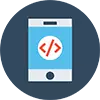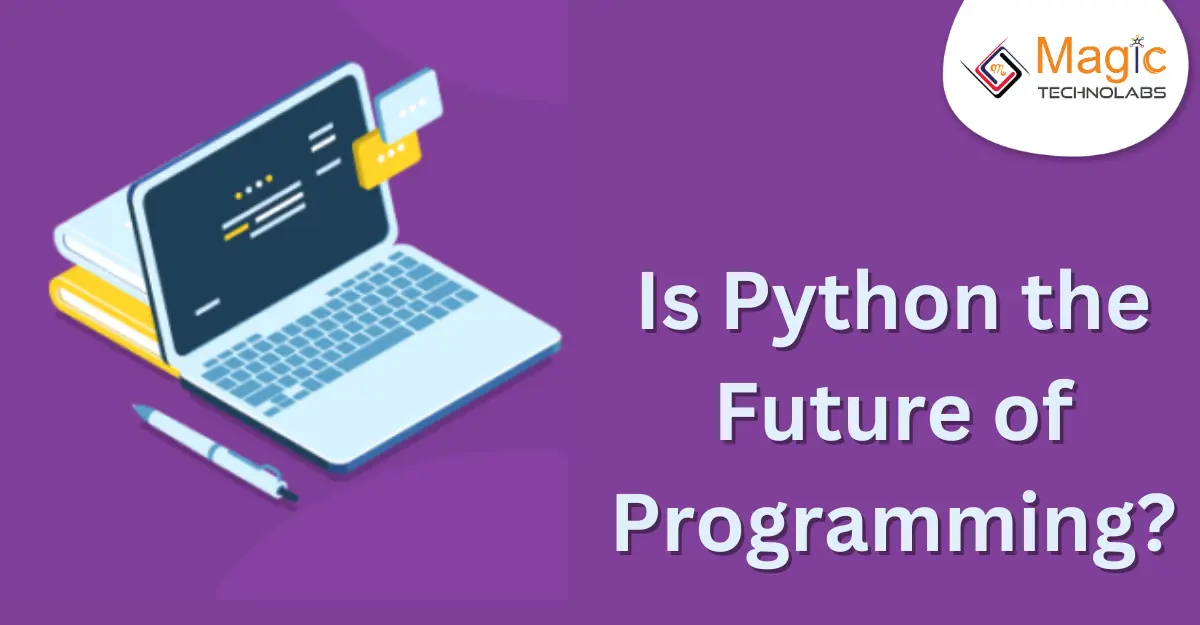In the ever-evolving landscape of programming languages, Python has emerged as a frontrunner, prompting the question: Is Python the future of programming? The answer lies in the language's remarkable versatility, ease of use, and widespread adoption across diverse domains.
Versatility Across Domains:
Python's versatility is a key factor driving its popularity. From web development and data science to artificial intelligence and automation, Python seamlessly adapts to various applications. Its readability and clean syntax make it an ideal choice for both beginners and experienced developers.
AI and Data Science Dominance:
Python has become synonymous with the booming fields of artificial intelligence (AI) and data science. With powerful libraries like TensorFlow and PyTorch, Python facilitates the creation of sophisticated machine learning models. Its extensive ecosystem of data analysis tools, including Pandas and NumPy, further solidifies its position in data-centric applications.
Automation and Scripting Prowess:
Python's simplicity and expressiveness make it a go-to language for automation and scripting. Whether automating repetitive tasks or developing scripts for system administration, Python's readability and concise syntax enhance efficiency.
Community and Libraries:
The robust Python community contributes to its ongoing success. An extensive collection of libraries and frameworks, coupled with a supportive community, fosters innovation and accelerates development. This collaborative spirit ensures that Python remains at the forefront of emerging technologies.
Educational Accessibility:
Python's user-friendly design and readability make it an excellent choice for educational purposes. Many universities and coding bootcamps introduce programming through Python, contributing to a growing pool of developers who are well-versed in the language.
The Future Outlook:
As technology continues to advance, Python's adaptability positions it as a language for the future. Its role in emerging technologies, ease of learning, and a thriving community suggest that Python is not just a programming language but a cornerstone shaping the future of software development.
In conclusion, while predicting the future of programming is complex, Python's current trajectory and widespread adoption across various sectors make a compelling case for its continued dominance. Its versatility, readability, and community support position Python as a formidable force in the evolving landscape of programming languages.
















